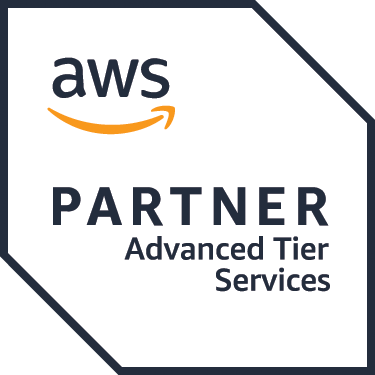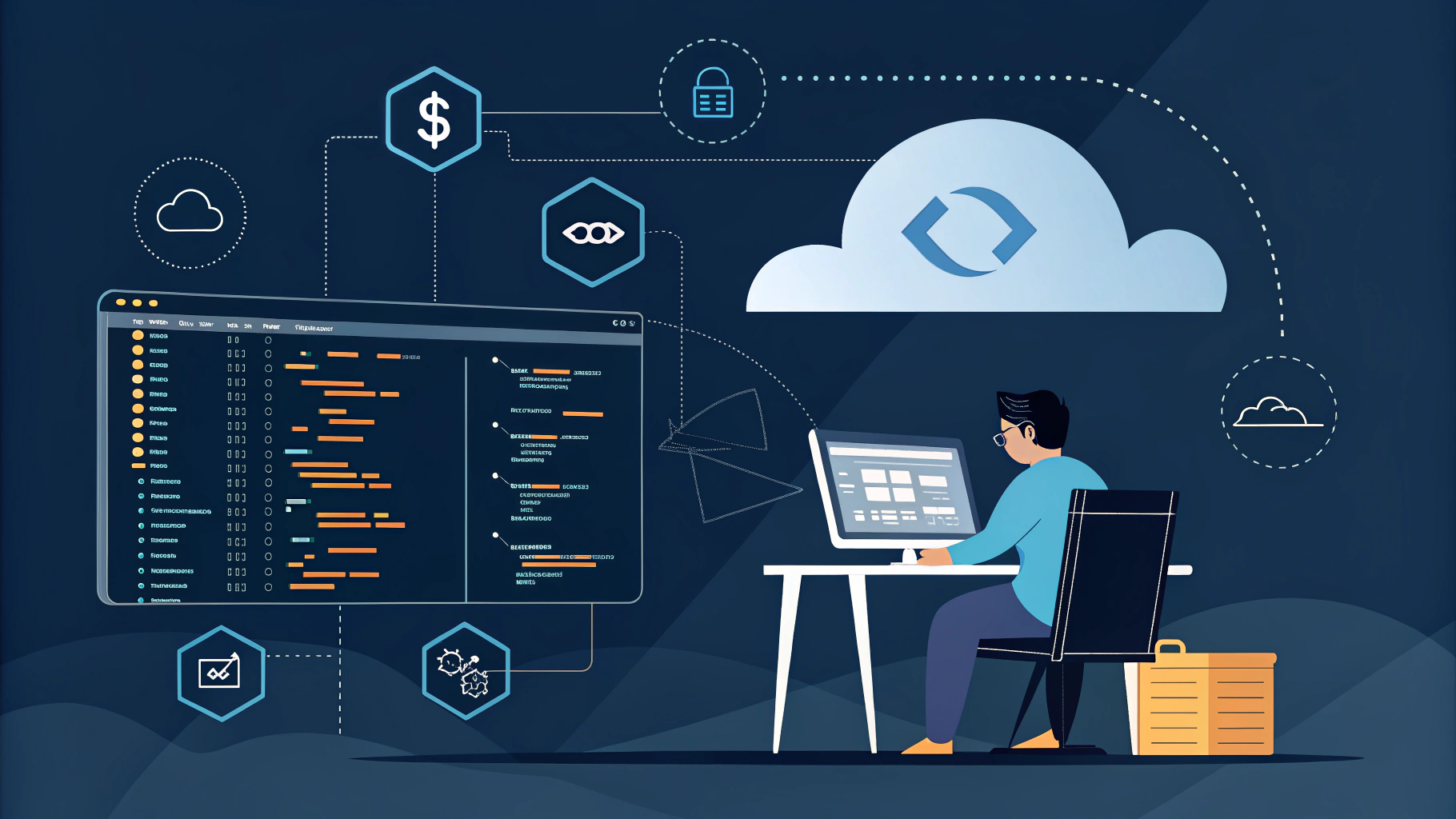
Achieving Faster Software Delivery with AWS DevOps Best Practices
In today’s hyper-competitive digital landscape, the speed and efficiency of software delivery are not just operational goals—they are strategic imperatives that determine a business’s ability to maintain a competitive edge, drive customer satisfaction, and achieve sustained market success. The ability to release software rapidly empowers organizations to address evolving customer demands, integrate cutting-edge technologies, and pivot swiftly in response to dynamic market conditions. Amazon Web Services (AWS) DevOps offers a robust framework of practices, tools, and philosophies that streamline the software development lifecycle (SDLC), foster seamless collaboration between development and operations teams, and elevate the quality, reliability, and security of software deployments.
This blog provides an in-depth exploration of AWS DevOps principles, its strategic advantages, core best practices, step-by-step implementation guidance, and real-world case studies that demonstrate its transformative potential. By the end, you’ll gain a comprehensive understanding of how AWS DevOps can accelerate your software delivery pipeline, optimize operational workflows, and position your organization for long-term success in an increasingly digital world.
Understanding AWS DevOps
AWS DevOps is a methodology that bridges the traditional divide between software development (Dev) and operations (Ops), fostering a culture of collaboration, automation, and continuous improvement. At its core, it leverages continuous integration (CI) and continuous deployment (CD) to eliminate silos, reduce manual handoffs, and accelerate delivery cycles. By integrating development and operations into a unified workflow, AWS DevOps replaces fragmented processes with streamlined, repeatable systems that enhance productivity and shorten time-to-market.
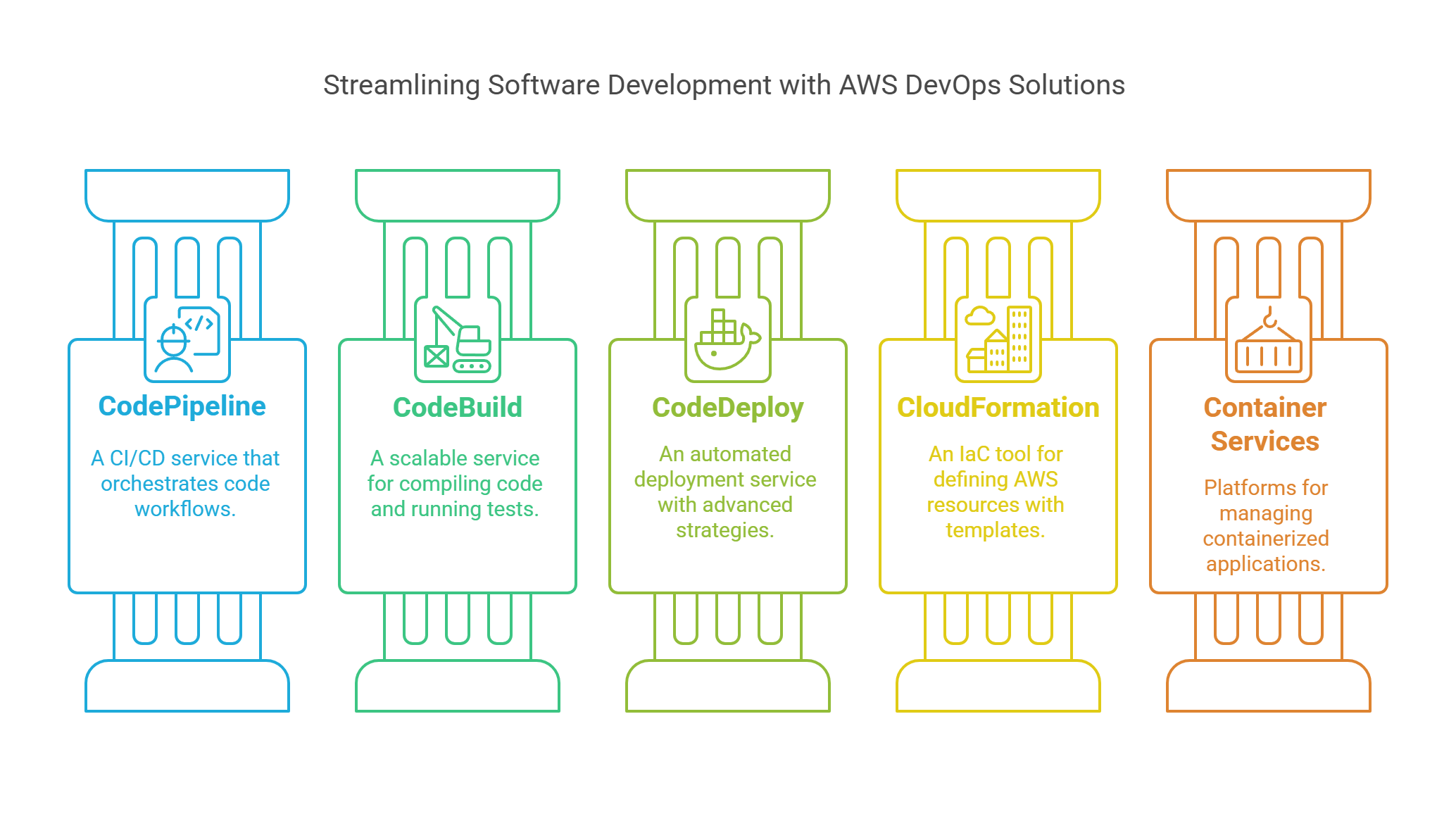
AWS supports this approach with a powerful ecosystem of tools designed to automate and optimize every phase of the SDLC:
These tools work in concert to minimize manual intervention, reduce human error, and empower teams to focus on innovation rather than operational overhead. For example, a developer can push code to a repository, triggering an automated pipeline in CodePipeline that invokes CodeBuild to compile and test the code, followed by CodeDeploy rolling it out to an ECS cluster—all within minutes. This level of automation transforms software delivery from a labor-intensive process into a seamless, efficient operation.
Beyond tools, AWS DevOps emphasizes a cultural shift: encouraging shared responsibility, rapid feedback loops, and a “you build it, you run it” mindset. This philosophy ensures that teams are accountable for the entire lifecycle of their applications, from development through to production support.
Strategic Advantages of AWS DevOps
Adopting AWS DevOps delivers a suite of strategic benefits that empower organizations to innovate faster, operate more efficiently, and respond to market demands with agility:
These benefits translate into tangible business outcomes: faster time-to-market, improved customer retention, reduced operational overhead, and a stronger competitive position. For example, a startup using AWS DevOps might launch a minimum viable product (MVP) in weeks rather than months, gaining a first-mover advantage in its market.
Core AWS DevOps Best Practices
To fully harness AWS DevOps, organizations should adopt the following best practices, each backed by specific tools and techniques:
Continuous Integration and Continuous Delivery (CI/CD)
Infrastructure as Code (IaC)
Containerization and Orchestration
Automated Testing
Security and Compliance Automation
Real-World AWS DevOps Case Studies
The transformative power of AWS DevOps shines through in real-world examples. Below, we explore five detailed case studies, diving into their challenges, solutions, technical implementations, outcomes, and lessons learned.
Amazon’s Internal DevOps Success
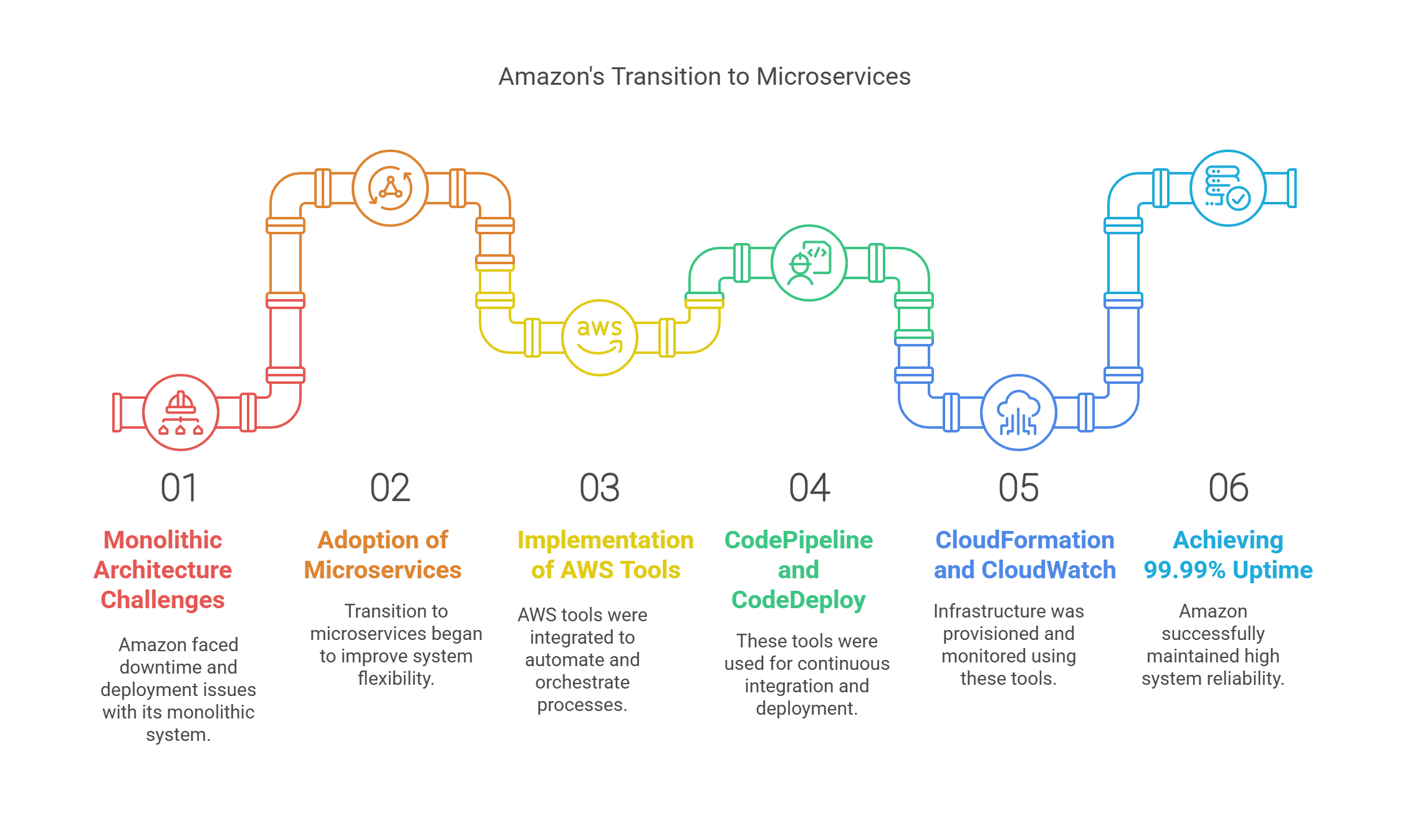
Etsy’s Transformation through Automation
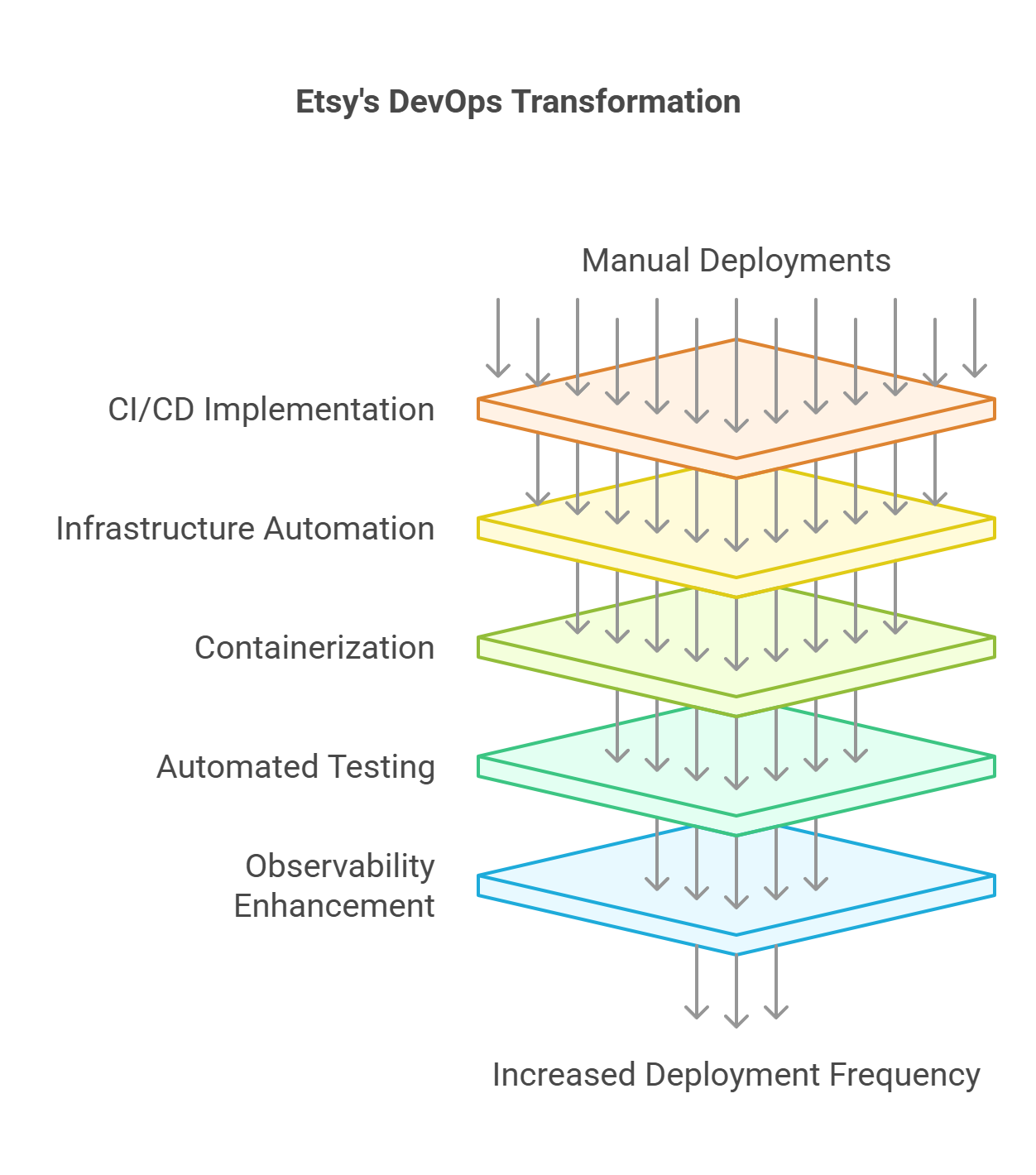
Coca-Cola’s Global Digital Agility
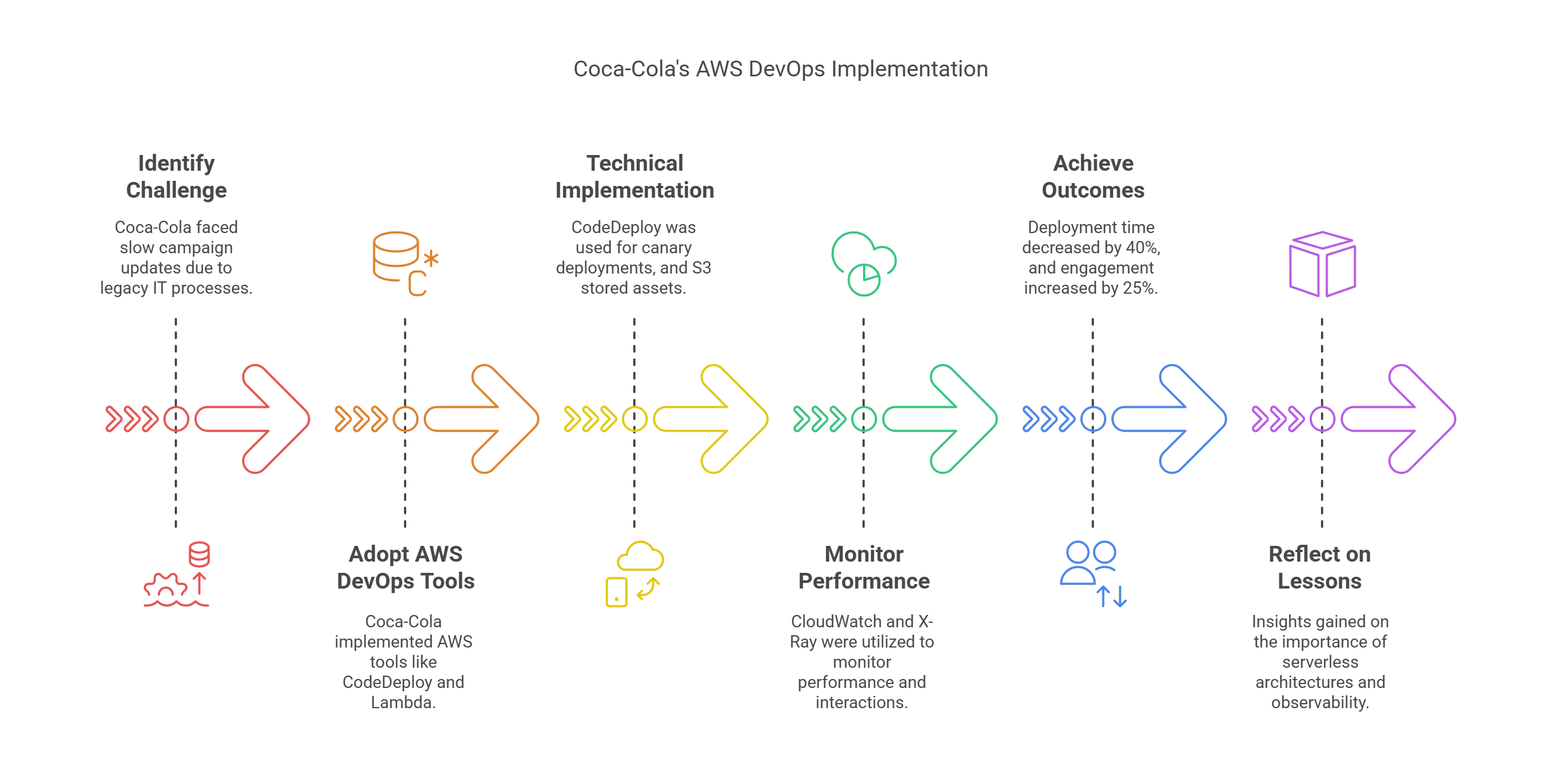
GE’s Industrial IoT Innovation
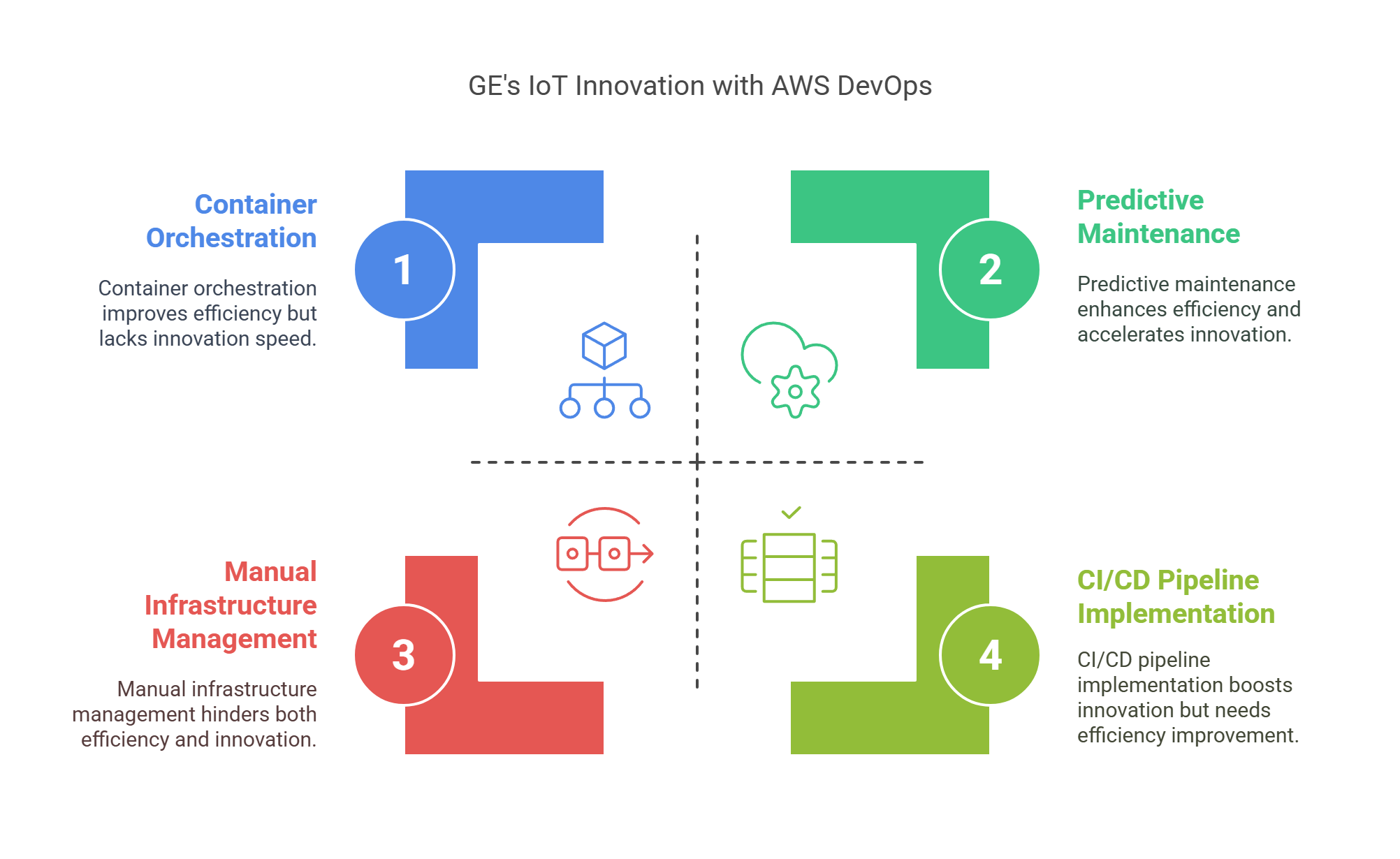
Adobe’s Creative Cloud Evolution
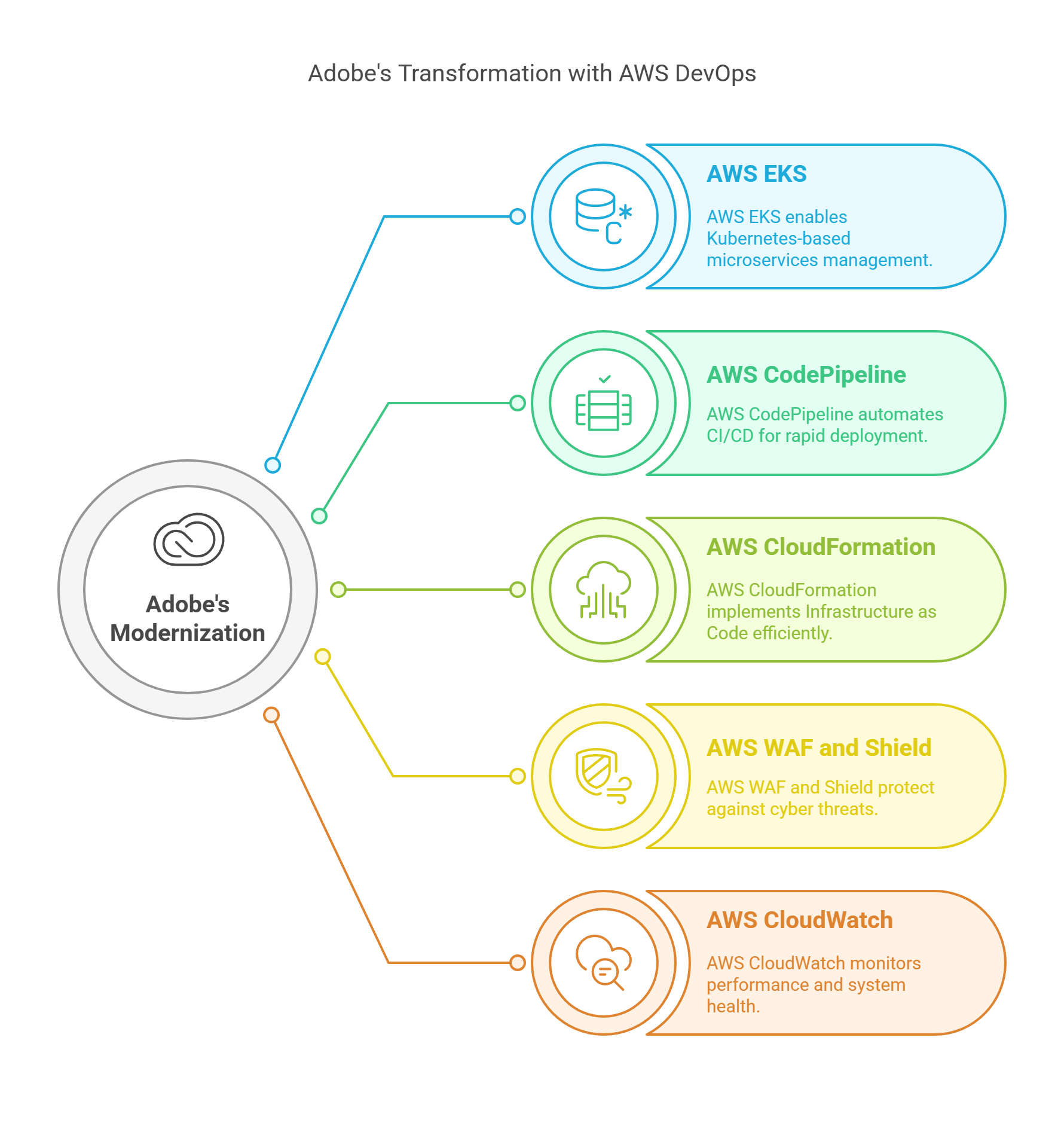
Comprehensive AWS DevOps Implementation Steps
To adopt AWS DevOps effectively, follow these detailed steps:
Measuring AWS DevOps Success
AWS DevOps delivers quantifiable results, validated by industry research:
These metrics highlight the tangible impact of AWS DevOps on operational efficiency and business agility.
AWS DevOps Best Practices Checklist
To ensure success, adhere to this checklist:
These metrics highlight the tangible impact of AWS DevOps on operational efficiency and business agility.
Accelerate Your DevOps Journey with CloudJournee
Ready to unlock the full potential of AWS DevOps? CloudJournee’s Free Cloud Assessment evaluates your AWS environment, pinpointing automation gaps, security enhancements (e.g., enabling VPC Flow Logs), and cost-saving opportunities (e.g., adopting Reserved Instances or Spot Fleets). Schedule your assessment today to accelerate software delivery, achieve operational excellence, and secure a competitive edge in your industry.


